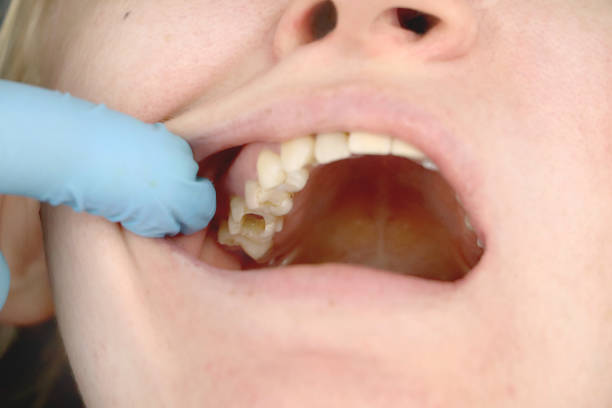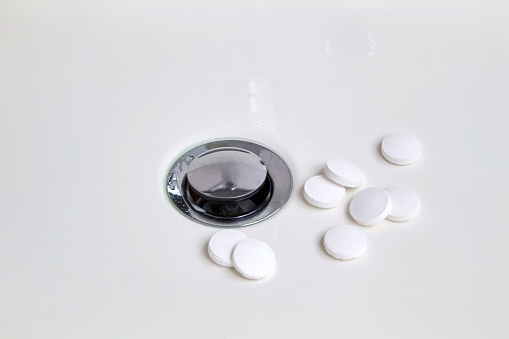Gingivitis and Periodontitis – The Stages of Gum Disease
There are several stages of gum disease. These stages can be quite serious and require medical treatment. If left untreated, bacteria can build up and become a serious health risk. Fortunately, there are ways to reverse the progression of gum disease, including deep cleaning procedures. Read on to learn about these stages and how to identify whether they are severe or reversible.
How quickly does gum disease progress?
If you suspect that you have gingivitis, the first step is to see your dentist. The infection will get worse if left untreated. The bacteria will spread to the gums and cause damage. If left untreated, gingivitis will eventually progress to periodontitis, a more serious condition. In most cases, gingivitis will go away in ten to fourteen days, but in some cases, it can take as little as one week.
Advanced gum disease, on the other hand, will lead to tooth and bone loss. It will also cause sensitivity to cold and hot and may cause chronic bad breath. This inflammation can also lead to heart disease, stroke, diabetes, and some types of cancer. If left untreated, it can also damage the body’s bones and connective tissues.
How do I know if my gum disease is serious?
Gum disease is an infection that progresses over time. At the earliest stage, the disease is relatively mild and causes only irritation to the gums. If detected and treated early, it can be reversible. However, as the disease progresses, the gums begin to pull away from the teeth, and pockets develop. This can eventually cause the loss of bone that supports the teeth. Some risk factors include crooked teeth, poor dental appliances, and lack of proper oral hygiene.
The early stage of gum disease is usually painless, but more advanced cases may cause pain and bad breath. Other symptoms include your teeth looking longer or looser, and the way they fit together when you bite down. You may also notice that your gums become sore or inflamed, and you may even develop an abscess filled with pus.
What stages of gum disease are reversible?
The earliest stages of gum disease can be reversible if caught early. These symptoms include bleeding gums and increased gum sensitivity. They can be cured with proper dental hygiene. A dentist can help you determine what treatment is right for you. He or she will also help you learn proper techniques to keep your mouth healthy.
An early lesion is marked by redness of the site. Polymorphonuclear neutrophils infiltrate the site and cause collagen fiber breakdown. The disease has advanced when the infiltrates increase in number. An established lesion is characterized by leukocyte aggregation, primarily by B cells. Bone loss may occur and the pocket epithelium is highly vulnerable.
Is it too late to save my gums?
The good news is that it is never too late to save your gums. With a little bit of preventative care, you can avoid the damage that gum disease can do. If the disease is caught in its early stages, treatment can be done to stop the progression. Even if the disease has progressed, it is never too late for a professional to diagnose it and help you preserve your gums.



